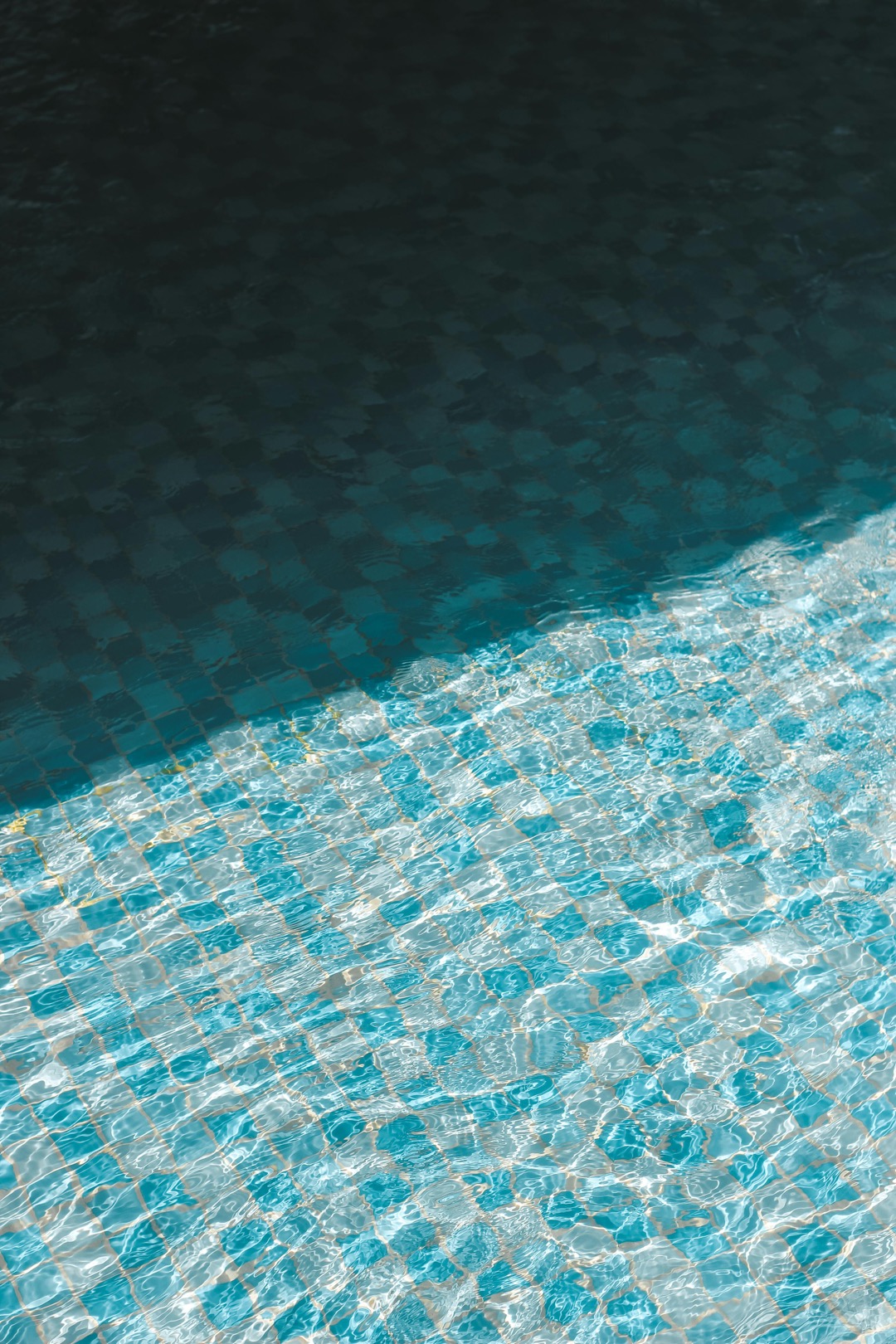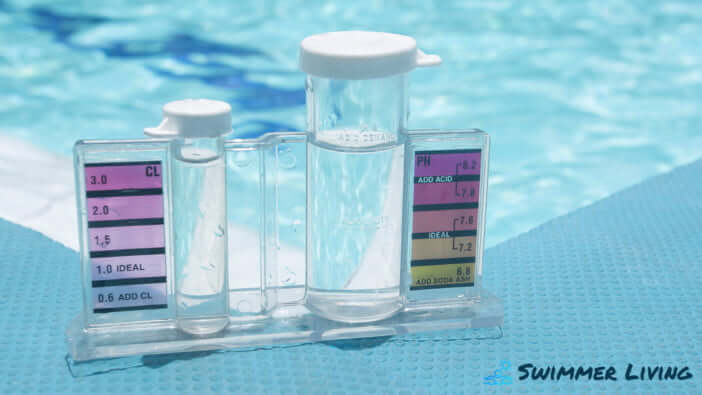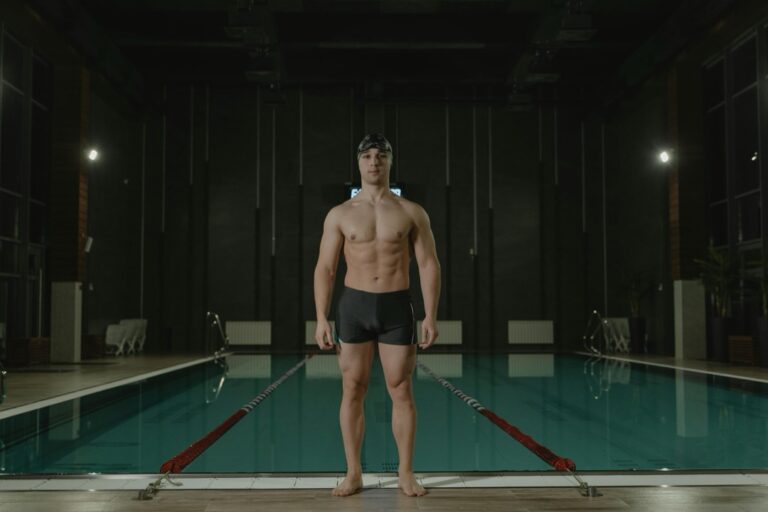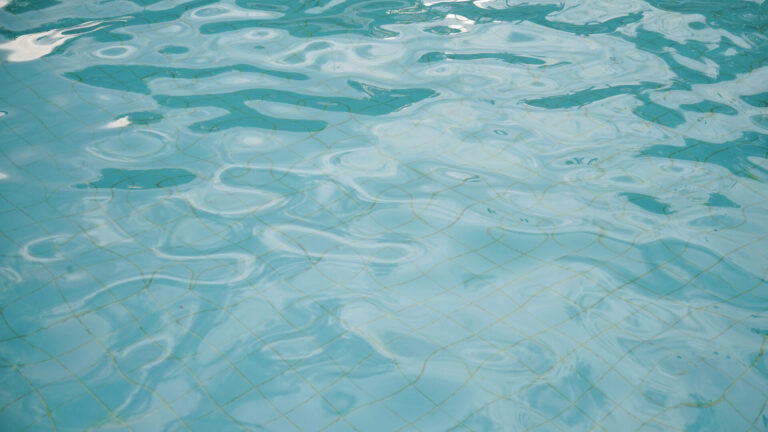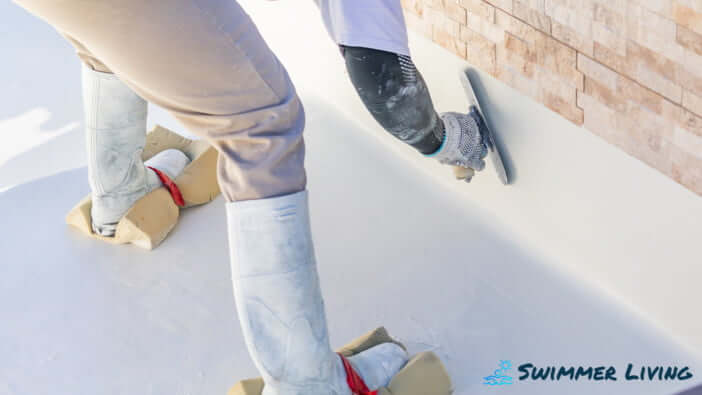9 Pool Water Balance Tips That Make Every Swim Perfect
Discover essential tips for maintaining perfect pool water chemistry. Learn how to test, balance, and maintain your pool’s chemical levels for safer, more enjoyable swimming all season long.
Maintaining the perfect water balance in your swimming pool isn’t just about crystal-clear aesthetics – it’s essential for both your comfort and safety while swimming. When your pool’s chemistry is properly balanced you’ll protect your investment avoid costly repairs and create the ideal environment for endless summer fun. Whether you’re a new pool owner or a seasoned swimmer understanding the basics of pool water chemistry will help you maximize your enjoyment while minimizing maintenance headaches.
Nothing ruins a pool day faster than itchy skin burning eyes or cloudy water caused by improper chemical balance. Your pool water needs the right mix of sanitizers pH levels and other chemical components to stay safe and inviting. By mastering a few simple water testing and balancing techniques you’ll ensure your pool remains a refreshing oasis all season long.
Disclosure: As an Amazon Associate, this site earns from qualifying purchases. Thank you!
Understanding the Basics of Pool Water Chemistry
Proper pool chemistry creates a safe and inviting swimming environment while protecting your pool’s equipment and surfaces.
Key Water Parameters to Monitor
- pH Levels: Keep pH between 7.2-7.6 for optimal swimmer comfort and chlorine effectiveness
- Chlorine: Maintain free chlorine at 1-3 ppm to ensure proper sanitization
- Alkalinity: Target 80-120 ppm to prevent pH fluctuations and surface damage
- Calcium Hardness: Aim for 200-400 ppm to protect pool surfaces from scaling or etching
- Cyanuric Acid: Maintain 30-80 ppm to stabilize chlorine in outdoor pools
- Total Dissolved Solids: Keep below 2000 ppm to prevent cloudy water and equipment strain
- Test Strips: Use 4-in-1 or 6-in-1 strips for quick daily checks of basic parameters
- Digital Testers: Consider investing in a digital pH meter for precise readings
- Test Kits: Keep a DPD test kit for accurate chlorine measurements
- Testing Schedule: Check chemical levels 2-3 times per week during peak season
- Sample Collection: Take water samples from 18 inches below surface for accurate results
- Testing Log: Maintain a record book to track chemical trends and adjustments
Maintaining Proper pH Levels for Optimal Swimming
Ideal pH Range for Pool Water
The optimal pH range for swimming pool water falls between 7.2 and 7.6 which closely matches your body’s natural pH level. Swimming in properly balanced water prevents eye irritation skin dryness and swimsuit damage. Your pool’s sanitizing chemicals work most effectively within this range ensuring better disinfection and clearer water. Testing pH levels twice weekly helps maintain this sweet spot especially during peak swimming season when factors like rain sun exposure and heavy pool use can cause fluctuations.
Adjusting pH Levels Safely and Effectively
To lower high pH levels add pH decreaser (sodium bisulfate) following the product instructions based on your pool’s volume. For low pH readings use pH increaser (sodium carbonate) broadcasting it evenly across the deep end while the pump runs. Wait 4-6 hours after chemical addition before retesting. Add chemicals in small doses making incremental adjustments to avoid overcorrection. Never mix different pH-adjusting chemicals or add them directly to the skimmer basket. For stubborn pH issues check your total alkalinity levels as they often affect pH stability.
Balancing Chlorine and Sanitizer Levels
Proper sanitizer levels protect swimmers from harmful bacteria while maintaining crystal-clear water.
Different Types of Pool Sanitizers
- Chlorine remains the most popular sanitizer available in tablet granular or liquid form with 1-3 ppm ideal levels
- Bromine works better in hot tubs and spas maintaining 3-5 ppm for optimal sanitation
- Salt Chlorine Generators create chlorine from salt providing steady sanitizing with less chemical handling
- Mineral Systems use copper and silver ions to reduce chlorine needs by up to 50%
- UV Systems destroy bacteria and algae reducing chemical demand while working alongside traditional sanitizers
- Test water chemistry before adding any sanitizers to determine exact needs
- Add granular chlorine by broadcasting it evenly across the pool surface
- Place chlorine tablets in skimmer baskets or floating dispensers never directly in the pool
- Run the pump for 4-6 hours after adding sanitizers to ensure proper distribution
- Maintain consistent sanitizer levels by applying smaller amounts more frequently
- Add sanitizers at dusk or night to prevent sun degradation
- Wait 15-30 minutes after adding chemicals before swimming
Managing Total Alkalinity for Stable Water
Testing and Adjusting Alkalinity Levels
Test your pool’s total alkalinity weekly using a reliable test kit that measures levels between 80-120 parts per million (ppm). Add sodium bicarbonate to raise low alkalinity by distributing it evenly around the pool’s perimeter while the pump runs. To lower high alkalinity levels use muriatic acid or sodium bisulfate following manufacturer dosage guidelines. Wait at least 6 hours after adjustments before retesting to ensure accurate readings.
Preventing pH Bounce and Scale Formation
Maintain alkalinity between 80-120 ppm to prevent pH fluctuations that can cause scaling corrosion and cloudy water. High alkalinity above 120 ppm leads to scale buildup on pool surfaces walls and equipment. Low alkalinity below 80 ppm causes pH to swing rapidly affecting chlorine effectiveness and swimmer comfort. Test alkalinity before making pH adjustments since proper alkalinity levels help stabilize pH naturally.
| Total Alkalinity Levels | Effects |
|---|---|
| Below 80 ppm | Rapid pH changes erratic chlorine levels |
| 80-120 ppm | Stable pH balanced water ideal range |
| Above 120 ppm | Scale formation equipment damage |
Controlling Calcium Hardness in Your Pool
Maintaining proper calcium hardness levels prevents both corrosion and scale buildup in your pool while protecting surfaces and equipment.
Ideal Calcium Hardness Ranges
The ideal calcium hardness range for residential pools is 200-400 ppm for plaster pools and 175-225 ppm for vinyl or fiberglass pools. Test your calcium hardness levels monthly using a reliable test kit since these levels change gradually. Consistently high calcium levels above 400 ppm can lead to scaling on pool surfaces equipment while levels below 175 ppm can damage plaster finishes.
Solutions for Hard and Soft Water Issues
To lower high calcium hardness drain part of your pool water and refill it with fresh water that has lower mineral content. For low calcium hardness add calcium chloride according to package instructions typically 1 pound per 10000 gallons raises hardness by 10 ppm. Always add chemicals with the pump running and wait 6 hours before retesting. Consider using a pool stain & scale chemical to prevent mineral deposits when hardness levels trend high.
Preventing and Treating Common Water Balance Problems
Addressing Algae Growth
Monitor your pool closely for early signs of algae including green tinting water discoloration or slippery surfaces. Treat existing algae by shocking your pool with chlorine levels at 10 ppm while running the filter continuously. Add an appropriate algaecide based on the type of algae (green blue-green or black) following manufacturer instructions. Brush pool walls and floor thoroughly to prevent algae from clinging to surfaces. Maintain proper chlorine levels between 1-3 ppm and balanced pH to prevent future algae growth.
Dealing with Cloudy Water
Address cloudy water by first testing chemical levels to identify imbalances in pH alkalinity or sanitizer levels. Run your pool filter 24/7 until water clears and vacuum debris from the pool floor. Add pool clarifier to help small particles clump together for easier filtration. If cloudiness persists check your filter system for damage or clogs and clean or replace as needed. Consider using pool flocculant to sink suspended particles for vacuum removal. Cloudy water typically clears within 24-48 hours when properly treated.
| Common Causes of Cloudy Water | Solution |
|---|---|
| Poor Filtration | Run filter continuously |
| Low Chlorine | Shock pool to 10 ppm |
| High pH | Add pH decreaser |
| High Alkalinity | Add muriatic acid |
| Algae Growth | Add algaecide |
Creating a Pool Maintenance Schedule
A consistent maintenance schedule ensures your pool stays balanced and swim-ready all season long.
Daily Water Balance Tasks
Test free chlorine levels using test strips every morning before swimming. Check pH levels and remove debris from skimmer baskets and pump strainer. Run the pool pump for 8-12 hours daily adjusting runtime based on usage and weather conditions. Look for any signs of algae especially in corners and steps. Add chemicals as needed based on test results before peak swimming hours. Record all readings and chemical additions in your pool maintenance log.
Weekly and Monthly Maintenance Routines
Test total alkalinity calcium hardness and cyanuric acid levels weekly. Clean pool walls with a brush to prevent algae buildup and vacuum the pool floor. Backwash the filter when pressure rises 8-10 PSI above normal. Monthly tasks include deep cleaning the pool filter inspecting equipment for leaks testing stabilizer levels and checking for signs of wear on pool surfaces. Adjust your chemical treatment plan based on weather patterns and pool usage trends shown in your maintenance log.
Using Technology to Simplify Water Balance
Modern pool technology offers smart solutions to streamline water testing and chemical management for pool owners.
Digital Testing Tools
Digital pool testers provide instant accurate readings of multiple water parameters through smartphone connectivity. These devices use photometric analysis to measure pH chlorine alkalinity and other levels with professional-grade precision. Popular options include the LaMotte SpinTouch™ and Sutro Smart Monitor which sync results to pool care apps for easy tracking. Digital tools eliminate guesswork from strip testing while building a detailed history of your pool’s chemistry.
Automated Chemical Dosing Systems
Smart chemical controllers automatically monitor and adjust your pool’s chemistry 24/7. Systems like Hayward’s CAT Controllers or Pentair’s IntelliChem measure water parameters in real-time and dispense precise amounts of chemicals as needed. These units connect to your pool pump and maintain ideal chemical levels without manual testing or dosing. Most systems also offer remote monitoring through smartphone apps so you can check water balance from anywhere. While the initial investment is significant automated dosing saves time and chemicals long-term.
Professional Pool Service vs DIY Maintenance
Deciding between professional pool service and DIY maintenance depends on your available time expertise and budget.
When to Call the Experts
Professional pool services become essential when dealing with complex issues like persistent algae blooms equipment malfunctions or major chemical imbalances. Call the experts if you notice equipment leaks unusual noises from the pump system or recurring water quality issues that don’t resolve with standard treatments. Pros can also help with seasonal openings closings equipment upgrades and advanced diagnostics that require specialized tools or knowledge. Their expertise proves valuable for pools with unique features like salt systems waterfalls or automated controls.
Cost-Effective DIY Solutions
Managing routine pool maintenance yourself can save $100-300 monthly while building valuable skills. Start with basic testing equipment including reliable test strips and a good testing kit ($50-100). Invest in essential chemicals like chlorine pH adjusters and algaecides in bulk during off-season sales. Learn to perform simple tasks like skimming brushing and backwashing the filter. Create a maintenance schedule using a pool app or checklist to track chemical levels and cleaning routines. Regular preventive maintenance helps avoid costly professional repairs and extends equipment life.
| Maintenance Task | DIY Cost | Professional Cost |
|---|---|---|
| Weekly Service | $30-50 | $100-150 |
| Monthly Chemicals | $50-75 | $150-200 |
| Season Opening | $150-200 | $300-500 |
| Season Closing | $100-150 | $250-400 |
Keep your pool sparkling with Clorox® Algaecide & Clarifier! Prevents and treats algae, clears water for a refreshing swim. 128 Fl Oz.
Keeping Your Pool Balanced Year-Round
Taking control of your pool’s water chemistry doesn’t have to be overwhelming. With the right tools regular testing and a consistent maintenance schedule you’ll keep your pool sparkling clean and perfectly balanced throughout the swimming season.
Whether you choose to handle maintenance yourself or work with professionals modern technology makes it easier than ever to maintain ideal water parameters. By staying proactive with water testing and chemical adjustments you’ll protect your investment while creating the perfect environment for countless hours of swimming enjoyment.
Remember that a well-balanced pool isn’t just about crystal-clear water – it’s about creating a safe and comfortable swimming experience for everyone who dives in. Your dedication to proper water balance will reward you with a pool that’s always ready for fun in the sun.

